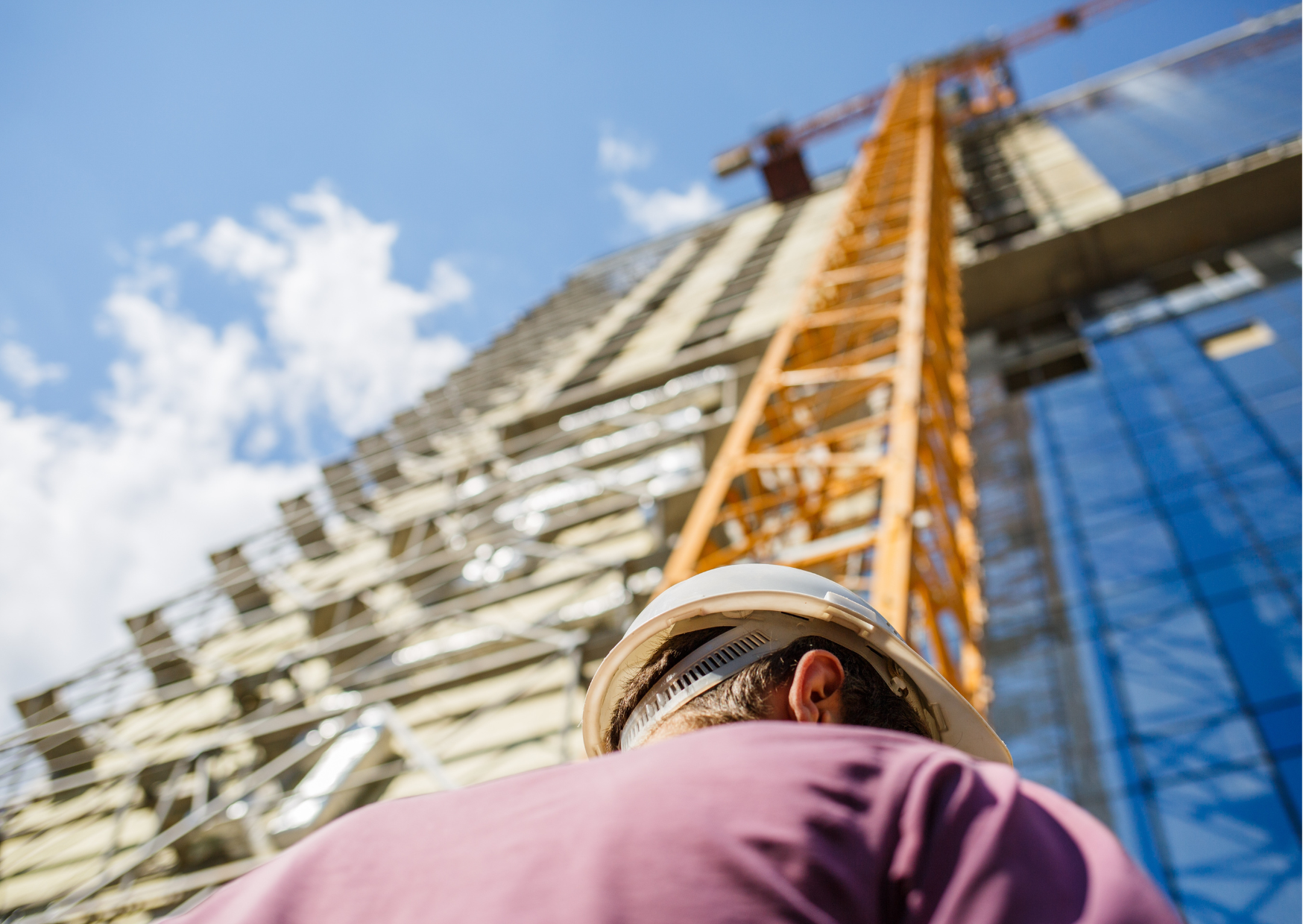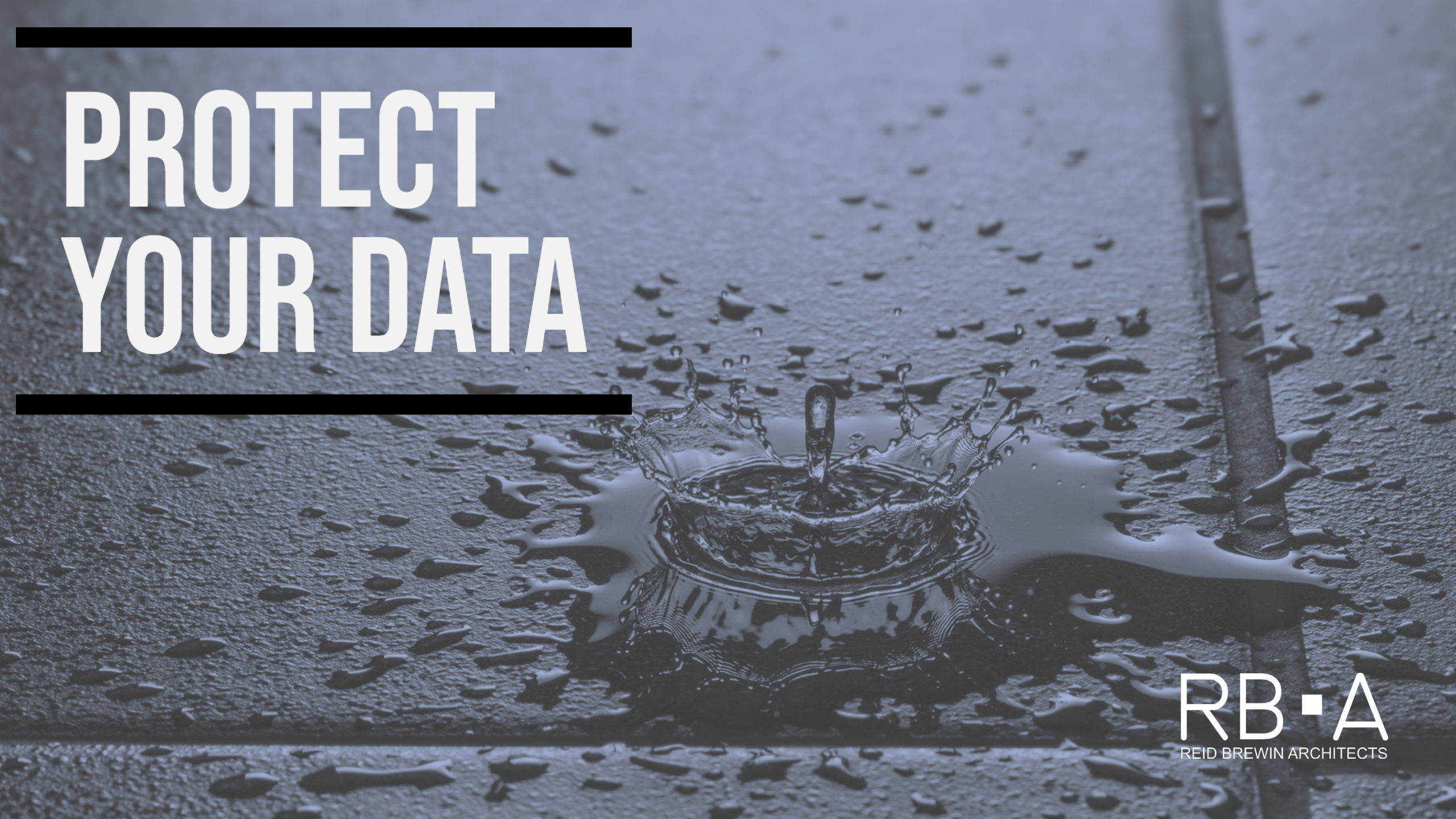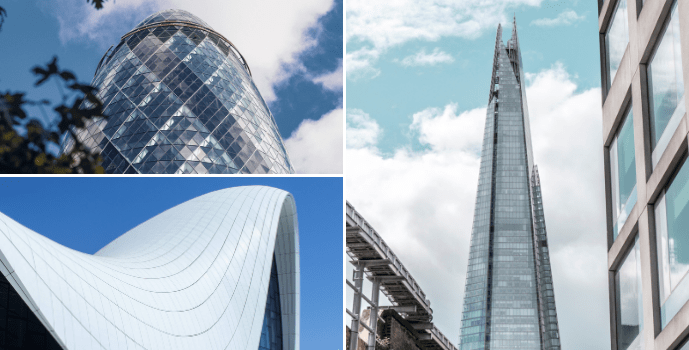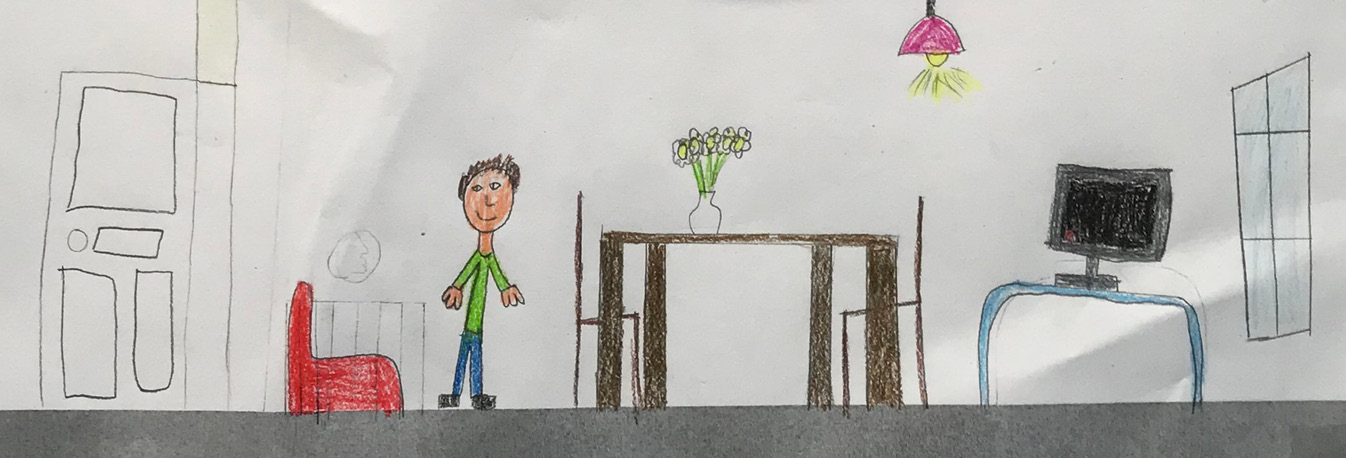What do I need to know about health and safety on site?
The beauty of working in architecture is seeing the spaces you envision coming to life. But,
by the same token, a building site is a dangerous place to visit. Add to that an Anglo-
French practice means there can be vast differences in the regulations from country to
country – this is a danger of things being open to misinterpretation.
So, how can we ensure everyone is on the same page, and makes it home safely? RBA co-
founder, Adrian Brewin explores…
No matter where you work, the ‘red tape brigade’ that forms the health and safety
department is often widely criticised and regularly misunderstood as an ‘unnecessary’
system of checks and balances.
Yet, look closer, and you realise its purpose within a business is unquestionable.
As much as there’s a tendency to believe a common-sense approach is all that’s needed
to keep us safe, it’s a mindset that shouldn’t be applied on a live construction site –
brimming with hazards.
I don’t need to explain the fact that buildings can present a great number of possible risks
both in construction and operation – and there are many duties placed on those
commissioning, designing, constructing, and operating buildings to control those risks.
Sites can be a hive of activity, with architects, builders, clients, and delivery drivers coming-
and-going every day – which is why guidance, risk assessments, and method statements
form an integral part of the SHEQ (Safety, Health, Environment, and Quality) puzzle.
But, when an accident does happen, it’s important to truly understand why. A great toolkit
to use is the Kelvin TOP-SET system – a straightforward incident investigation system which
is scalable for all levels and types of event, and something we’ve worked from in the past,
too.
Only once you get to the root cause of why (and how) something went wrong, can you
learn from it and ensure it doesn’t happen again. As is also the case with ‘near misses’ too,
knowing what ‘could have been’ is just as important to reflect upon.
Key differences between UK and France
Operating across two countries calls for awareness of the differing guidance from
location-to-location for the staff at RBA. The Health and Safety at Work Act saw the UK take
a significant leap forward in terms of its regulations, and there’s plenty France can learn
from their example.
Visit any building site in Britain and you’ll see that everyone has their own set of PPE, the
place is incredibly well signposted, and there’s a SHEQ manager (or equivalent) making
sure everyone ‘follows the rules’ – a mentality which hasn’t fully permeated mainland
Europe, as yet.
Take the UK’s Construction Skills Certification Scheme for example. It issues CSCS
identification cards to workers, reflecting the different occupations and qualifications of the
holder – a requirement of many sites before access is granted.
With that in mind, RBA is exploring ISO 45001 Health & Safety accreditation – to standardise
the training, requirements, and guidelines across our own organisation, for colleagues
across Europe.
Communication is key – between colleagues, systems, contractors, and other stakeholders
involved in the ‘live’ operation’ of building sites.
And, while the ownness remains on the employer to ensure staff are sufficiently briefed on
the dangers and processes required before stepping onto site, formalising that process
could be the deciding factor of everyone getting home safely – starting with these five top
tips:
1) Take your own PPE with you – that way you know the quality and fit
2) Tell the contractor when you arrive and leave
3) Explain why you’re there, what you’re doing, and what you want to see
4) If you’re doing anything with a piece of equipment, ask the contractor to show you
how it works
5) Look, observe, inspect, but don’t touch!










